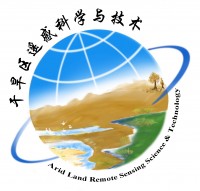Retrieval of Fine-Resolution Aerosol Optical Depth (AOD) in Semiarid Urban Areas Using Landsat Data: A Case Study in Urumqi, NW China
2020
期刊
Remote Sensing
作者
Xiangyue Chen
· Jianli Ding
· Jingzhe Wang
· Xiangyu Ge
· Mayira Raxidin
· Jing Liang
· Xiaoxiao Chen
· Zipeng Zhang
· Xiaoyi Cao
· Yue Ding
下载全文
- 卷 12
- 期 3
- 页码 467
- MDPI AG
- ISSN: 2072-4292
- DOI: 10.3390/rs12030467
